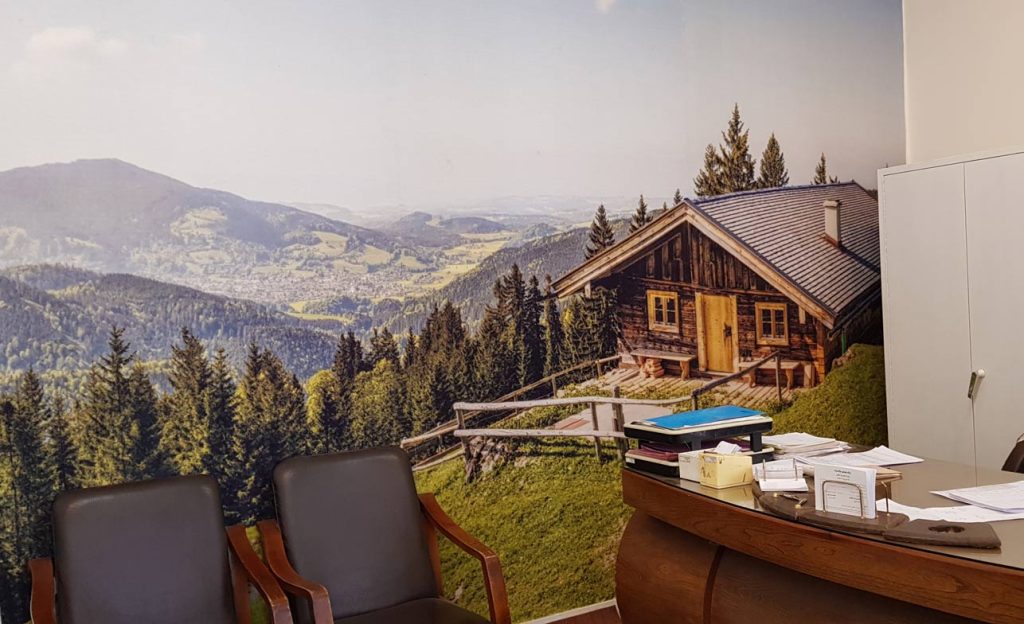Felt wallcovering Vs. Traditional wallpapers

Felt wallcovering and traditional wallpaper are two popular materials used for decorating walls in homes and businesses. While they may share some similarities, there are also significant differences between the two materials. In this article, we’ll compare felt wallcovering and traditional wallpaper, so you can make an informed decision about which material is best for your decorating needs.
- Material and Durability:
Traditional wallpaper is typically made from paper or vinyl, while felt wallcovering is made from a polyester fiber material. Felt wallcovering is known for its durability and resistance to wear and tear. It is also less prone to fading, peeling or cracking, which can be an issue with traditional wallpaper over time. Felt wallcovering is also washable, making it easy to clean and maintain.
- Installation:
Both felt wallcovering and traditional wallpaper require similar installation processes, which involve applying adhesive to the wall and attaching the material to the surface. However, felt wallcovering is often considered easier to install than traditional wallpaper because it is thicker and more forgiving, allowing for some imperfections in the wall surface. Also, unlike traditional wallpaper, felt wallcovering does not need to be soaked in water before installation, which can save time and make the process less messy.
- Texture and Appearance:
One of the most significant differences between felt wallcovering and traditional wallpaper is the texture and appearance. Felt wallcovering is known for its unique, soft and tactile texture, which can add depth and warmth to a room. It is also available in a range of colors and patterns, including geometric designs, stripes, and textured patterns. Traditional wallpaper, on the other hand, is available in a vast array of patterns and colors, including floral, damask, and contemporary designs, but it doesn’t offer the same depth or texture as felt wallcovering.
- Sound and Thermal Insulation:
Felt wallcovering also provides better sound and thermal insulation than traditional wallpaper. Its thickness and composition can help to reduce noise levels and provide additional insulation to keep rooms warmer in the winter and cooler in the summer. Traditional wallpaper does not offer the same level of insulation benefits as felt wallcovering.
- Eco-Friendliness:
Another significant advantage of felt wallcovering over traditional wallpaper is its eco-friendliness. Felt wallcovering is made from recycled polyester fibers, which makes it a sustainable and environmentally friendly material. Traditional wallpaper, on the other hand, is often made from paper or vinyl, which can be less eco-friendly, depending on the manufacturing process.
In conclusion, felt wallcovering and traditional wallpaper both offer unique advantages and disadvantages. While traditional wallpaper offers a vast array of patterns and colors, felt wallcovering provides a unique texture and better insulation benefits. Additionally, felt wallcovering is easier to install, more durable, and eco-friendlier than traditional wallpaper. Ultimately, the choice between the two materials depends on your personal preferences and the specific needs of your decorating project.





No Comments